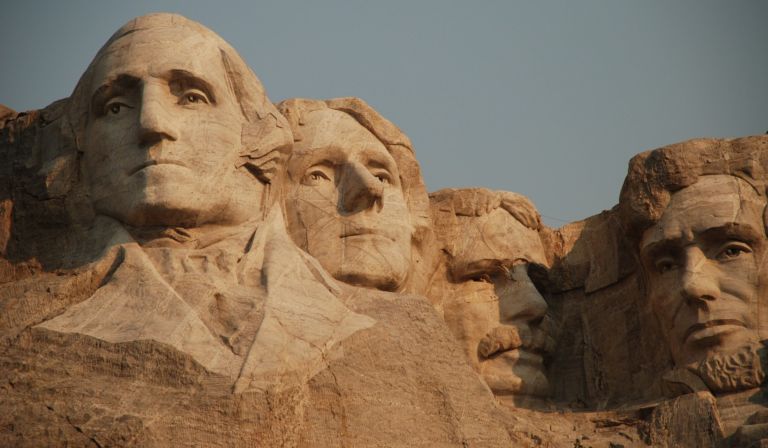While the Salvation Army is best known for ringing bells and red kettles, the organization does much more than collect spare change during the holiday season. The Salvation Army has over 1.5 million members and assists 25 million Americans annually, including thousands of North Carolinians. Other services it provides include aid for disaster survivors, help for domestic abuse victims, shelter for the homeless, food and clothing for those living in poverty, assistance programs for those combating addiction, services to veterans, and more.
In 1865, in London’s East End slums, William Booth and his wife, Catherine, founded the “Christian Mission” to minister to those living in destitute conditions. Booth said, “You cannot warm the hearts of people with God’s love if they have an empty stomach and cold feet.” Fourteen years later, the Christian Mission rebranded itself the Salvation Army and declared that its mission was to “preach the gospel of Jesus Christ and to meet human needs in His name without discrimination.”
In 1880, Salvation Army member George Railton officially brought the Salvation Army to America along with seven “army lassies.” When they entered slums to minister and offer aid to the people living there, however, they were faced with violent opposition. Salvation Army members, dubbed Salvationists, were subjected to attacks from gangs and bystanders who showered them with mud, rotten vegetables, and even dead animals. Although it seems inconceivable today, five Salvation Army officers were killed between 1880 and 1896 while tending to the poor.
Despite such harsh and sometimes violent opposition, the Salvation Army grew rapidly. In 1882, there were only 11 officers. That number increased to 79 officers in 1883 and 200 officers in 1884. Between 1881 and 1885, Salvationists converted 250,000 to Christianity in the British Isles despite the persecution and violence against them. Their successes helped the Salvation Army gain worldwide recognition, and the organization soon spread to the United States, Canada, Australia, central Europe, India, and South Africa. Today, the Salvation Army operates in 128 countries worldwide.
North Carolina’s history with The Salvation Army starts even before the organization officially came to America. In January 1879, a visiting Salvationist began to hold meetings at a Raleigh penitentiary, leading to the establishment of the first North Carolina corps later that year. The Salvation Army reached Charlotte in 1887. As time went on, the Salvation Army confronted less hostility and resistance, but it still encountered setbacks. Police officers occasionally arrested members for disturbing the peace.
In the 20th century, the United States faced the worst economic downturn in the nation’s history, The Great Depression. The ensuing years of extreme poverty and desperation made the work of the Salvation Army indispensable. In North Carolina, Salvationists distributed food and clothing to the severely impoverished and provided temporary lodging for tens of thousands of homeless North Carolinians. In Greensboro alone, the Army was able to provide 1,245 meals and 400 articles of clothing for the needy in just one month during the depression.
More than 80 years after the onset of the Great Depression, the Salvation Army remains an important source of charity in North Carolina. The organization has been especially crucial in the wake of storms from Hurricane Hazel in 1954 to Hurricane Matthew in 2016. The Salvation Army also sends care packages to North Carolina troops stationed overseas and operates Camp Walter Johnson, a children’s camp in Denton, North Carolina. Salvation Army corps are located in over three dozen North Carolina cities from Asheville to Wilmington.
So whenever you toss some spare change into that familiar red kettle, remember that you are supporting an organization that has done more than just tend to the spiritual and material needs of the poor; it has improved the human condition.
Sources:


